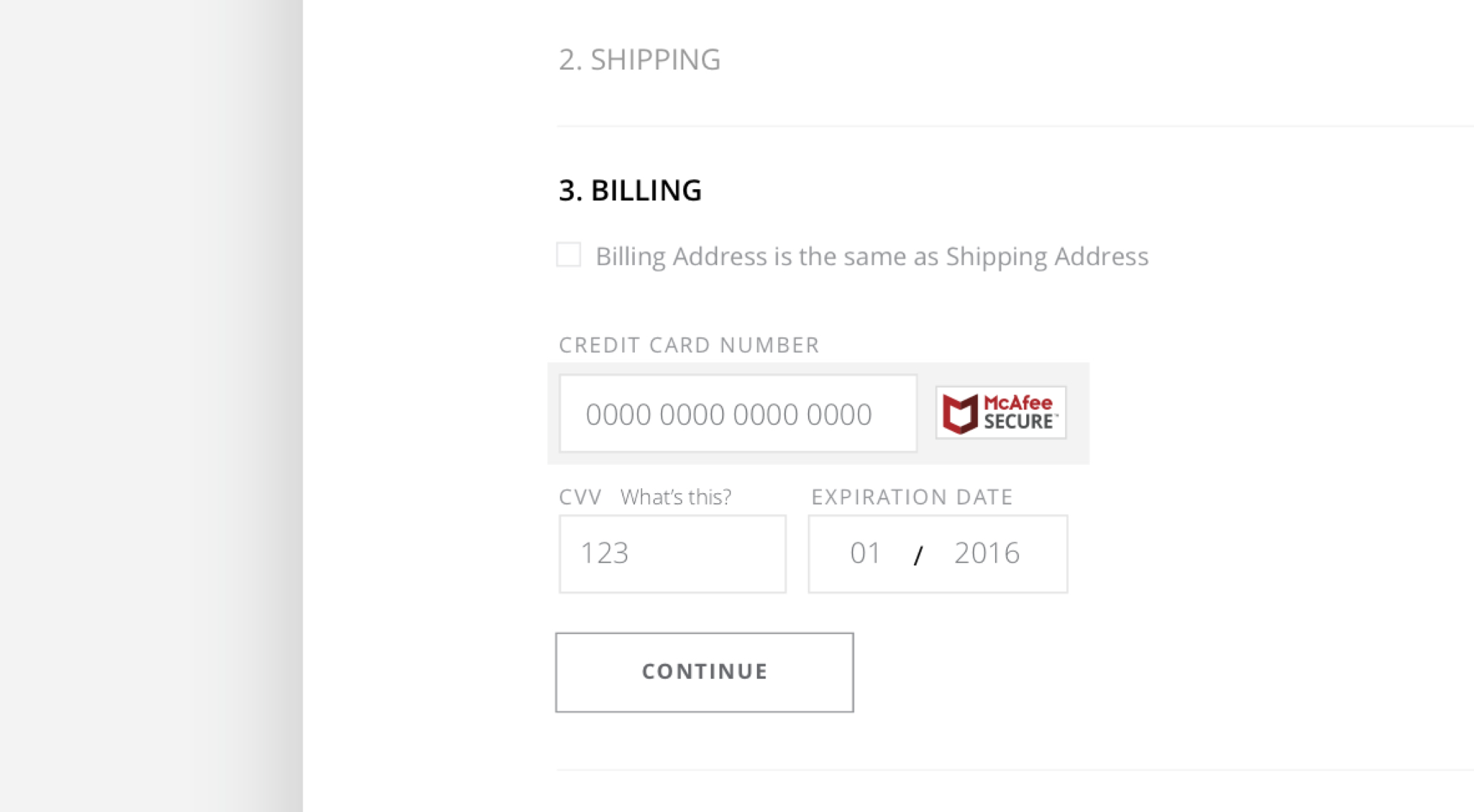The dos & don'ts of website badges

Enter “security breach” into your favorite search engine and watch hundreds of thousands of results pour in. Here’s one from last month: the servers for Ashley Madison, a dating site for people seeking extramarital affairs, were hacked, and troves of personal data for its 37 million users were stolen.
And it’s not just private enterprise. Recently, the US Government revealed that records for over 21 million Americans who had applied for security clearances via the Office of Personnel Management had been compromised. Go further back in time, and you’ll find dozens of more breaches, and tens of millions of people’s information robbed by hackers.
“Security breaches are the number one reason why consumers feel less safe when shopping online.”
In fact, news reports of security breaches were the number one reason why consumers feel less safe when shopping online, according to a recent study. With a seemingly constant supply of breach-related news, it’s no wonder that more and more people are hesitant when they do business online. They’re worried about their credit info, their social security numbers, and their home addresses getting into the wrong hands.
That’s why many site owners turn to trustmarks or security badges. These are 3rd-party products that address a variety of visitor concerns by reassuring them that a trusted, outside group (the company issuing the trustmark) has vetted the site in question. Think of them as referrals from trusted friends, only for the Internet.
But there are a lot of trustmarks out there, and only some of them are actually good for your site. Some might have no impact on your visitor behavior, and some might actually hurt it. That’s why we’ve come up with a list of Dos and Don’ts for security badges. If you’re thinking about getting a trustmark for your site, make sure you check this out first:
Do: Pick a recognized brand
This one is crucial. Because you’re essentially “borrowing” a trustmark’s credibility for your site, you want the reputation of the company behind it to be as strong as possible.
Don’t: pick a brand no one knows
For a similar reason you want the trustmark to be issued by a well-known company, you definitely don’t want it to come from an unknown source. In fact, it’s likely to harm your site if your trustmark is issued by a nonentity, because people may develop concerns about your site’s trustworthiness.
Do: add the right amount
Different trustmarks do different things, and it’s not uncommon to see a single site displaying many at the same time. We think this is a great idea—but don’t go overboard. If you’ve chosen trustmarks with strong brand recognition (see above), one or two should be enough.
Don’t: add too many
Just like someone who won’t stop texting or calling despite your obvious disinterest, too many trustmarks is a sign of desperation for a business. Worse, it can harm your web design, making you appear unprofessional.
Do: pick a trustmark that shows visitors that they’ll be safe

As we mentioned above, visitors care about their security when they do business online, and that’s what your trustmark should focus on. There are many trustmarks out there that do many things, and not all of them are related to security.
Don’t: pick trustmarks that raise more concerns than they address.
What we mean by this is that some trustmarks will actively harm your business. Shopping guarantees, for example, raise doubt in the mind of consumers who otherwise may not have wondered if their order would be fulfilled. SSL certificates from unknown security companies do the same, because they imply your personal information will be in the hands of virtual unknowns.
Our recommendation
You’ll want to pick the trustmark that addresses the needs of the most people. And with nine in ten Internet users reporting security concerns, the best move for business is to pick a trustmark that really gets at the core issue: making people feel safe.
To do that, you should display security certification from a well-known company, along with an SSL certificate. By aligning yourself with a company like McAfee and by purchasing a valid SSL, you’ll be keeping visitor info safe and your reputation strong.
And now that you know the basics, go forth and add trustmarks to your site!